Maybe you remember the very large solar flare and coronal mass ejection we reported three days ago on March 5. It seems that the Coronal Mass Ejection reached the
spacecraft STEREO Behind and the animated image here shows that the Bz
component of solar wind remained positive. The time and date can be
found in the lower left corner.
That could be one reason why we actually have a time gap on Stereo.
Check Stereo here
All six sunspot regions remain visible. Region 1689 increased a bit. It's now a EAO Beta type group. There are no significant changes in any of the other regions. Largest visible region so far is 1686 and this is now at the south-west
limb and will be rotating out of view.
As you can see only one C1 class solar flare took place yesterday peaking at 16:44 UTC from region 1686.
Only occasional C class solar flares are expected for today.
Looking Through Abell 68
Want to use a cluster of galaxies as a telescope? It's easier than you might think as distant galaxy clusters naturally act as strong gravitional lenses. In accordance with Einstein's theory of general relativity, the cluster gravitational mass, dominated by dark matter, bends light and creates magnified, distorted images of even more distant background galaxies. This sharp infrared Hubble image illustrates the case for galaxy cluster Abell 68 as a gravitational telescope, explored by amateur astronomer Nick Rose during the ESA-Hubble Hidden Treasures image processing competition. Putting your cursor over the picture will label highlights in the scene. Labels 1 and 2 show two lensed images of the same background galaxy. The distorted galaxy image labeled 2 resembles a vintage space invader! Label 3 marks a cluster member galaxy, not gravitationally lensed, stripped of its own gas as it plows through the denser intergalactic medium. Label 4 includes many background galaxies imaged as elongated streaks and arcs. Abell 68 itself is some 2.1 billion light-years distant toward the constellation Vulpecula. The central region of the cluster covered in the Hubble view spans over 1.2 million light-years.
Credit: NASA,ESA,Hubble Heritage/ESA-Hubble Collaboration -Acknowledgment:Nick Rose

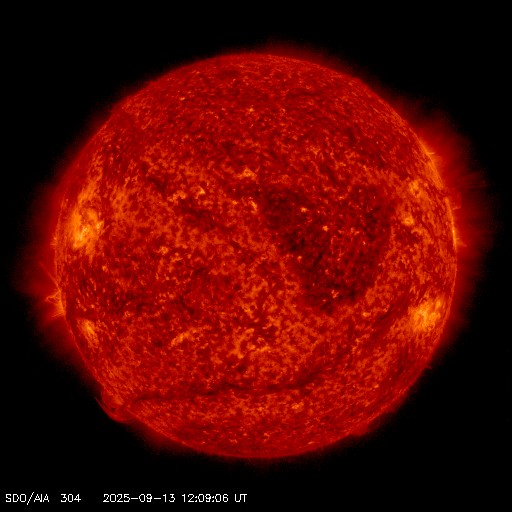
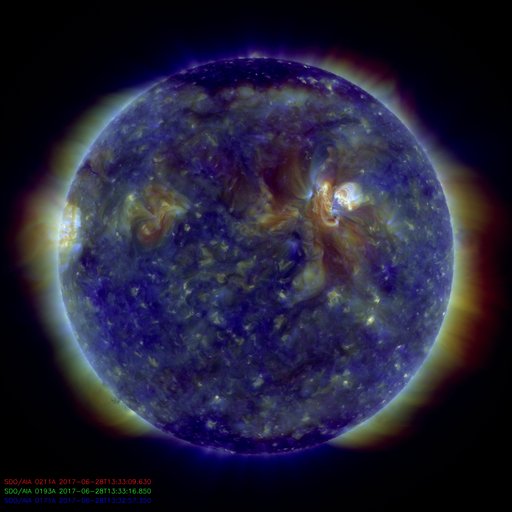
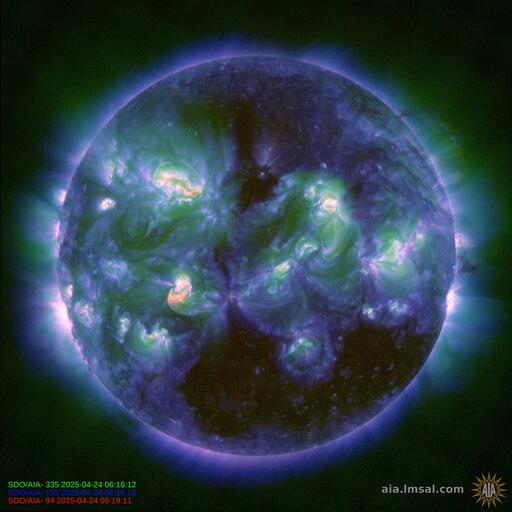
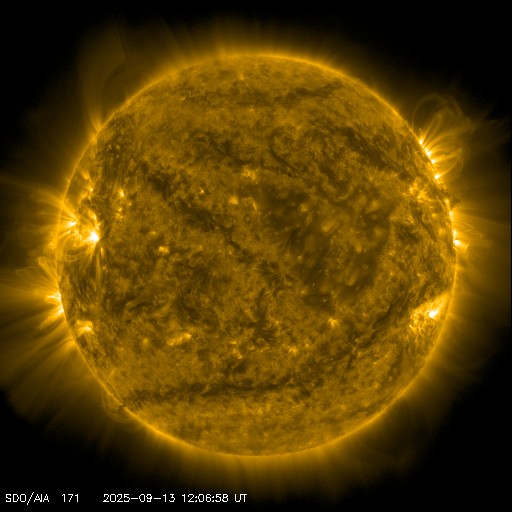
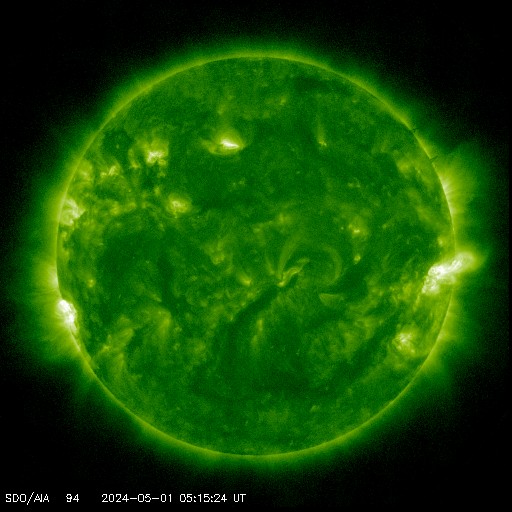
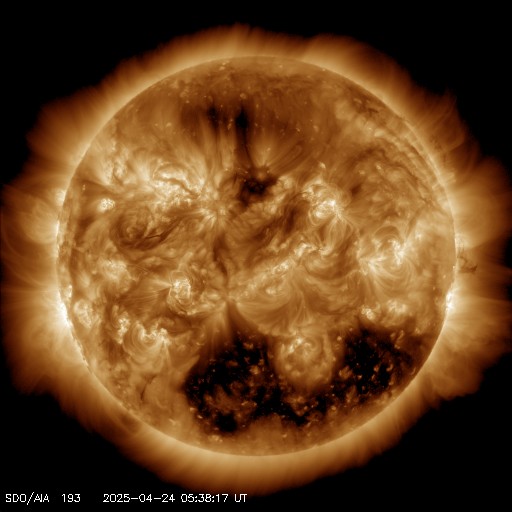



did anybody notice that that last cme was projected to hit venus *dead on*?
ReplyDeletea cme is a massive charge of energy.
and venus just got a good soaking.
on march 12th (4 days from today) the will be an oposition alignmen between venus on the one side and murcury and earth (+new moon: means moon is between sun and earth) on the other.
in the perpendicular will be jupiter.
i expect some fairly awesome 'fireworks' on or about that date.
we shall see if my hypothosis is valid at that time.
oh the anticipation: delicious/painfull
Thanks for the info.
ReplyDelete